September 11, 2020
Don’t be surprised if the freight rebound stabilizes soon
The collapse and rebound we have seen in freight have been astounding. After a temporary boost from grocery restocking, dry van spot loads in the Truckstop.com system plunged to about 50% below year-earlier by mid-April. By early September, loads had surged to well more than double the comparable 2019 period. The spot market accounts for only about a third of total truck freight volume and experiences bigger and faster swings, but it is our best real-time indicator of freight trends.
Intermodal also bottomed out in mid-April down nearly 20% year over year, according to Association of American Railroads (AAR) data. By late August, however, intermodal loadings were running slightly positive year over year, and the number of loadings in the latest week were the highest since early 2019.
As we look ahead, another collapse is highly unlikely, but the freight markets will stabilize eventually. The question is what might make that happen sooner rather than later.
Risks to the recovery
One risk is extraordinarily high unemployment. Around 28 million Americans receive unemployment benefits today. Of course, the rebound in consumer spending occurred when unemployment was even higher, so why should it matter?
Through July, the federal government made tens of millions of unemployed people financially whole through a $600-a-week supplement. A stopgap program that pays $300 a week will run out of money by October unless Washington strikes a deal. We could see a significant drop in spending by unemployed people absent a sizable federal supplement.
A further rescue package – or lack thereof – has broader implications, however. Stimulus payments of up to $1,200 per taxpayer no doubt funded strong consumer spending since May. The Paycheck Protection Program underwrote lost revenue for millions of businesses. Without more money from Washington, the economy might lack the cash it needs to power through the pandemic.
Another risk is more directly related to the supply chain. In June, the ratio of inventories to sales fell to its lowest since late 2018, but the situation varied greatly among the key sectors. The ratio for retail was the lowest ever by far while inventories for manufacturing and wholesale were still quite elevated relative to sales.
The risk is that rebuilding retail inventories is the principal driver of the recent freight strength in dry van and intermodal. That is not necessarily a problem if consumption remains strong, but retail sales are already starting to slow. We always think of the holiday season as important, but it probably has never been so crucial to the outlook for the next few quarters.
Supply-side issues
When we consider the relative fortunes of trucking and intermodal, we must factor in the capacity situation. Is the supply of truck drivers tight or fluid? Are we constrained by the supply of containers? Today, the big issue is drivers.
We cannot track driver supply in real time, but payroll employment in for-hire trucking provides a reasonable indicator. In April alone, the trucking industry shed 6% of its payroll force – as much as it lost during the worst six months of the Great Recession. We presume most of those workers were drivers, and we presume that most were furloughed rather than immediately terminated.
Trucking did not bring back many employees until August, when it added 10,000 payroll jobs – the most since August 2018. However, seasonally adjusted payroll employment still lags February by 77,800 jobs, or 5.1%.
The obvious question is whether August represents the beginning of a rehiring surge, which would make intermodal at least marginally less competitive than it has been recently. Drivers should be more readily available than in a normal cycle because the contraction was so rapid. However, we do have some points of friction for driver capacity.
One point of friction is the willingness of carriers to bring drivers back given the uncertainty. Another is the new drug and alcohol clearinghouse, which has culled at least 30,000 drivers since January and potentially discourages some furloughed drivers from seeking driving jobs elsewhere. Then there’s reduced inflow and increased outflow of drivers. By one estimate, social distancing in training and issues in testing could cut the number of new commercial driver’s licenses by 40% this year. Meanwhile, COVID-19 likely led to many older drivers quitting, at least temporarily. And we have the employment surge in local delivery, which offers the chance for more home time and far less federal regulation than over-the-road trucking.
With the surge in demand potentially waning soon, the speed at which drivers return is critical.
Avery Vise is vice president of trucking for FTR Transportation Intelligence, which specializes in freight transportation forecasting for the shipping, trucking, rail, intermodal, equipment, and financial communities in North America. In addition to FTR’s subscription-based reports, the firm is making various reports and tools related to COVID-19 freely available at www.ftrintel.com/coronavirus.
Add new comment
2026 PARTNERS
A special thank you to our premium level partners for your continued support.





.png)
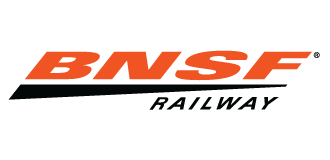


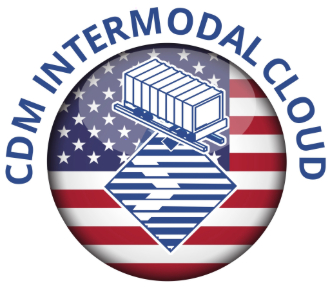




















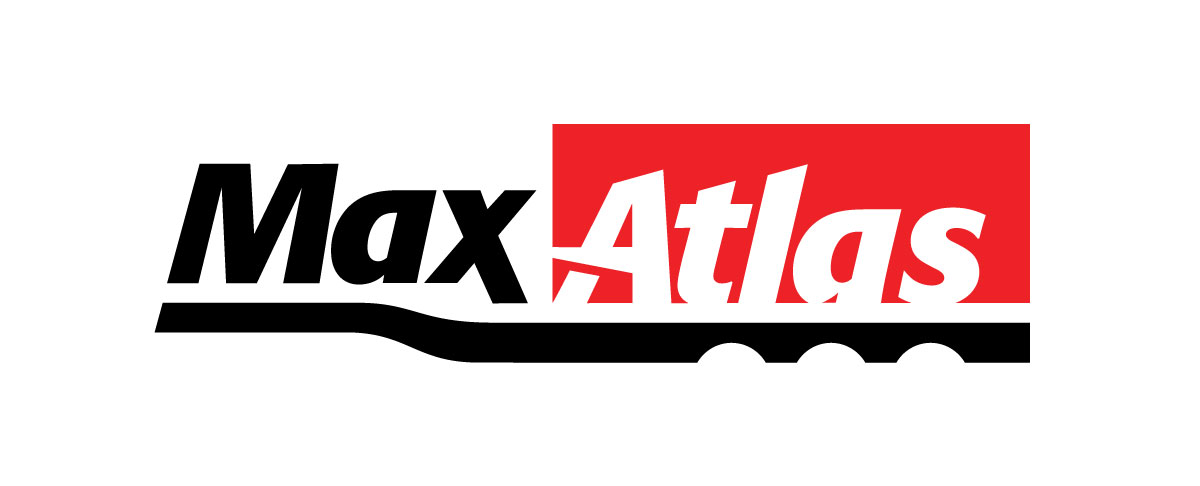





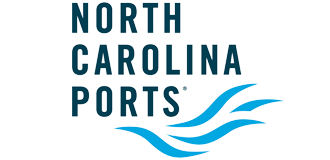




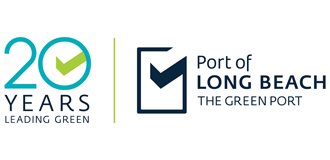







Comments